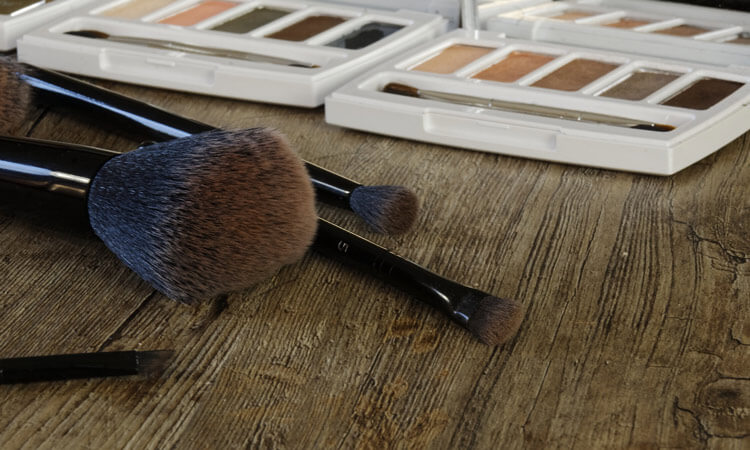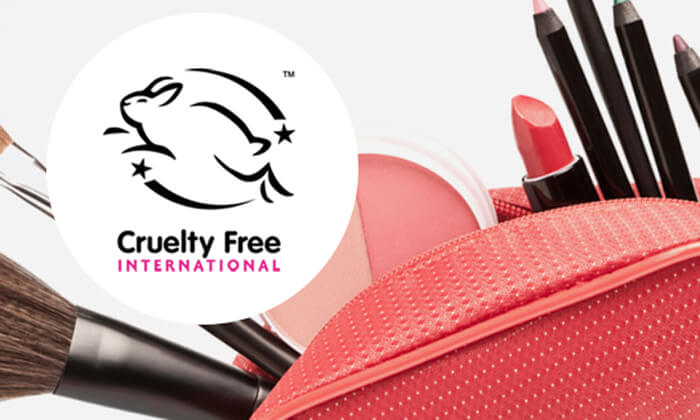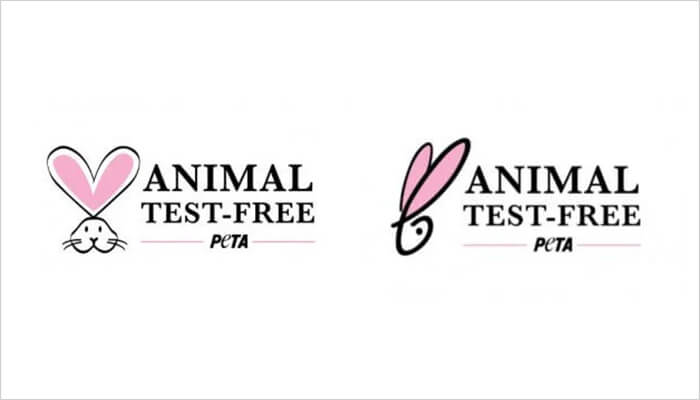
Benefit is one of the best-known brow brands globally. With over 40 years in the cosmetics market, it’s a makeup bag staple. However, is the San Francisco brand an ethical choice for a conscious consumer? Is Benefit cruelty-free?
No, Benefit is not cruelty-free. That’s the short answer.
Achieving cruelty-free status is an uphill task that demands more than an online statement about not testing on animals.
Cruelty-free means regular supply chain audits to weed out animal testing, yearly licensing of cruelty-free accreditation logos, and even sacrificing certain key markets.
Thousands of multinational and niche brands are making the effort to use alternatives to animal testing and non-animal ingredients, but where does Benefit fall?
Why Is Benefit Still Not Cruelty-Free in 2023?
Despite incremental advances in animal rights laws globally and cruelty-free support in difficult retail markets, Benefit still doesn’t toe the line.
What does the brand have to say about that?
A cursory glance at Benefit’s statement can give an ethical consumer false hope:
Benefit does not test our products on animals.
Since 1989, the Perfumes & Cosmetics companies of LVMH group (including Benefit Cosmetics) have not performed any tests on animals for our products – this was implemented long before the 2013 official ban set by the European Union.
We are deeply committed to the elimination of animal testing.
On the surface, it seems to clear the brand of any involvement in animal testing.
However, their statement goes on to add:
Some customers expressed concern regarding the situation in China. Our products are made in Europe and for imported cosmetics, the Chinese health authorities order some test on animals: they require companies to make their products available to be tested in state-certified laboratories for registration purposes only, as it is currently their only recognised method to demonstrate product safety.
There lies the rub.
Why Is Benefit Flagged as Animal-Testing?
People for the Ethical Treatments of Animals (PETA) cruelty-free statement of assurance requires that:
Brands must verify that neither they nor their ingredient suppliers conduct, commission, or pay for any tests on animals for their ingredients, formulations, or finished products anywhere in the world and won’t do so in the future.
PETA and other leading animal rights organizations such as Cruelty Free International and The Humane Society maintain that pulling out of Mainland China is the only guarantee that a brand will remain cruelty-free.
By importing into China, Benefit pays for regulatory animal testing on its products.
However, things are changing for the better, but an outright ban on animal testing is still years away.
The Legal Framework Surrounding Benefit’s Animal Testing
The testing of cosmetics grew exponentially after the 1938 US Food, Drug & Cosmetic Act. Soon after, the Draize irritancy tests discovered in 1944 became the global standard of cosmetic safety testing.
Thanks to animal rights activists, the cruelty of animal testing was made public, and lobbying for alternative testing began in the 1980s. The UK’s animal testing ban in 1998 helped turn the tide, and now over 40 countries worldwide, including Australia and New Zealand, have followed suit.
Except for China.
China is the only country where pre-market and post-market animal testing on imported cosmetic products are required by law.
Its animal testing policy has become nuanced in recent years, a win for animal rights.
China divides cosmetic products into two categories:
- Special use products that have a functional claim, such as hair dyes, skin brighteners, sunscreen, and antiperspirants.
- General or non-special use products such as makeup products, lotion, and toothpaste.
From June 2014, animal testing was no longer legally mandated on general cosmetic products manufactured within mainland China. That said, animal testing was still required for cosmetic imports into China, all special use products, and post-market safety testing.
In 2019, China confirmed that routine post-market testing on imported and domestic cosmetics will no longer be carried out on animals. However, non-routine tests such as those following a consumer complaint would fall back on the animal testing default.
After May 2021, China amended its regulations to allow imported general cosmetic products to hit the shelves without being tested on animals. The caveat is that the qualifying brands must have certificates and documentation regarding product safety from recognized authorities.
Currently, the only proper authority to step up to the plate is the French government. Independent private companies that already use alternative testing methods aren’t recognized under this amendment. Only government and regional institutions are accepted.
So, where does Benefit Cosmetics fit in all this?
Since Benefit Cosmetics produces both makeup and skincare products that have a functional claim, they aren’t out of the woods. If they continue to sell in Mainland China, their products are still eligible for pre-market and post-market testing.
The only cruelty-free loophole they can exploit is that cosmetics sold online directly to Chinese consumers are exempt from animal testing. However, considering that Sephora China physically carries Benefit products, they are still eligible for post-market testing.
Is Benefit’s Parent Company LVMH Cruelty-Free?
Despite plenty of greenwashing, LVMH is not cruelty-free. From bringing in Stella McCartney, fashion’s poster child for sustainability, to mimicking Greta Thunberg’s look in their shows, LVMH and its brands are mainly talking the talk.
Of the 17 brands in LVMH’s million-dollar perfume and cosmetics category, only five brands are cruelty-free. These are the brands under its Kendo subsidiary, which handles all the cruelty-free and vegan products sold by Sephora, also owned by the conglomerate.
Benefit isn’t one of these brands.
This statement from Benefit’s FAQs section regarding cruelty-free certification casts doubt on other brands’ efforts and is telling.
We believe the “cruelty-free” certifications provide unclear explanations to consumers, as it implies that none of the ingredients incorporated into products have ever been tested on animals. This is a nearly impossible certification for any cosmetic company to make. We prefer to be able to stand 100% behind our claims.
What Is Benefit Doing to Fight Animal Testing?
Benefit’s parent company LVMH has funded the research program Long Range Science Strategy (LRSS) through Cosmetics Europe.
The aim of this program is
- To develop alternative testing and non-animal methods.
- To support the regulatory acceptance of these methods and the data they generate through the application.
Though the program is slated to end in 2021, it was a step in the right direction for animal rights. Whether the consortium of Cosmetics Europe continues to fund it remains to be seen.
How to Shop Cruelty-Free
Leaping Bunny by Cruelty Free International (UK) and Beauty Without Bunnies by PETA (US) are two accreditation programs that vet and ascertain cruelty-free status. These accreditations are global.
Choose Cruelty Free provides the Australian equivalent, which certifies brands free of animal testing across their supply chain for 5 years before applying. These brands also can’t sell in retail markets that require animal testing (China).
These organisations also have searchable lists of cruelty-free brands as well as on-the-go mobile apps to keep you in the know.
As a consumer, look out for cruelty-free logos that look like this:



Some indie and niche brands can’t afford the annual logo licensing fee but are still cruelty-free.
The Caring Consumer list is a great tool to discover these cruelty-free and vegan brands and continue shopping ethically.